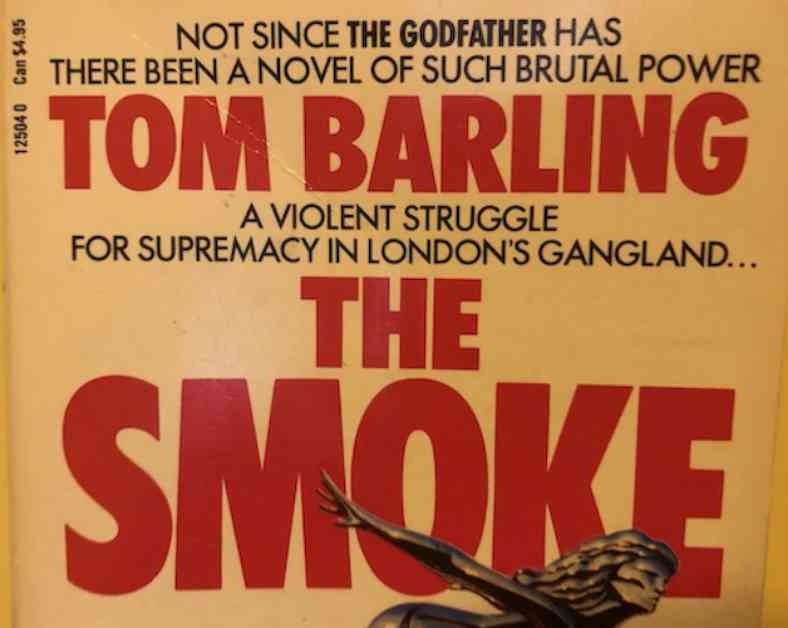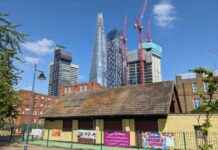I’ve challenged myself to read and write about 25 pieces of London fiction by 2024, and today I’m diving into Tom Barling’s 1986 gangland crime novel, “The Smoke.” Set in the 1960s, this vividly-written book paints a gritty picture of London’s criminal underworld.
The story follows characters like Pimlico, or “Pim,” a member of the London gangland known for his capacity to feel love amidst a sea of greed and violence. Alongside antihero Charlie Dance, the narrative delves into power struggles, ruthless rivalries, and corrupt cops, all set against the backdrop of a seedy and dangerous London.
Barling’s writing skillfully captures the essence of the city in the ’60s, with detailed descriptions that bring the cobbled streets and shady characters to life. From the bustling markets of Bethnal Green to the dark alleys of Soho, the novel immerses readers in a world of crime, betrayal, and danger.
While the book’s prose can be a bit verbose at times, the meticulous attention to detail in the violent scenes adds a sense of realism to the story. Through Barling’s lens, we see a London that is far from the romanticized image often portrayed in popular culture, shedding light on the brutal realities of gang-related violence and police corruption.
“The Smoke” serves as a stark reminder that London’s criminal underworld has a long and dark history, one that is not to be glamorized or overlooked. While there were follow-up novels to this one, the impact of the original remains strong, delivering a powerful message about the harsh realities of life in the city.
As I continue my journey through London fiction, I am constantly reminded of the rich tapestry of stories that make up this vibrant and complex city. Each novel offers a unique perspective on London life, from the bustling streets of the East End to the posh neighborhoods of the West End.
In the realm of London fiction, Tom Barling’s “The Smoke” stands out as a gripping and raw portrayal of a city teeming with crime and corruption. Through its pages, readers are transported to a time and place where danger lurks around every corner, and survival means playing by the rules of the streets.
So, as I close the chapter on “The Smoke,” I look forward to exploring more tales of London fiction, each one offering a new glimpse into the heart and soul of this ever-changing metropolis. Stay tuned for the next installment in my quest to uncover the hidden gems of London’s literary landscape.





















